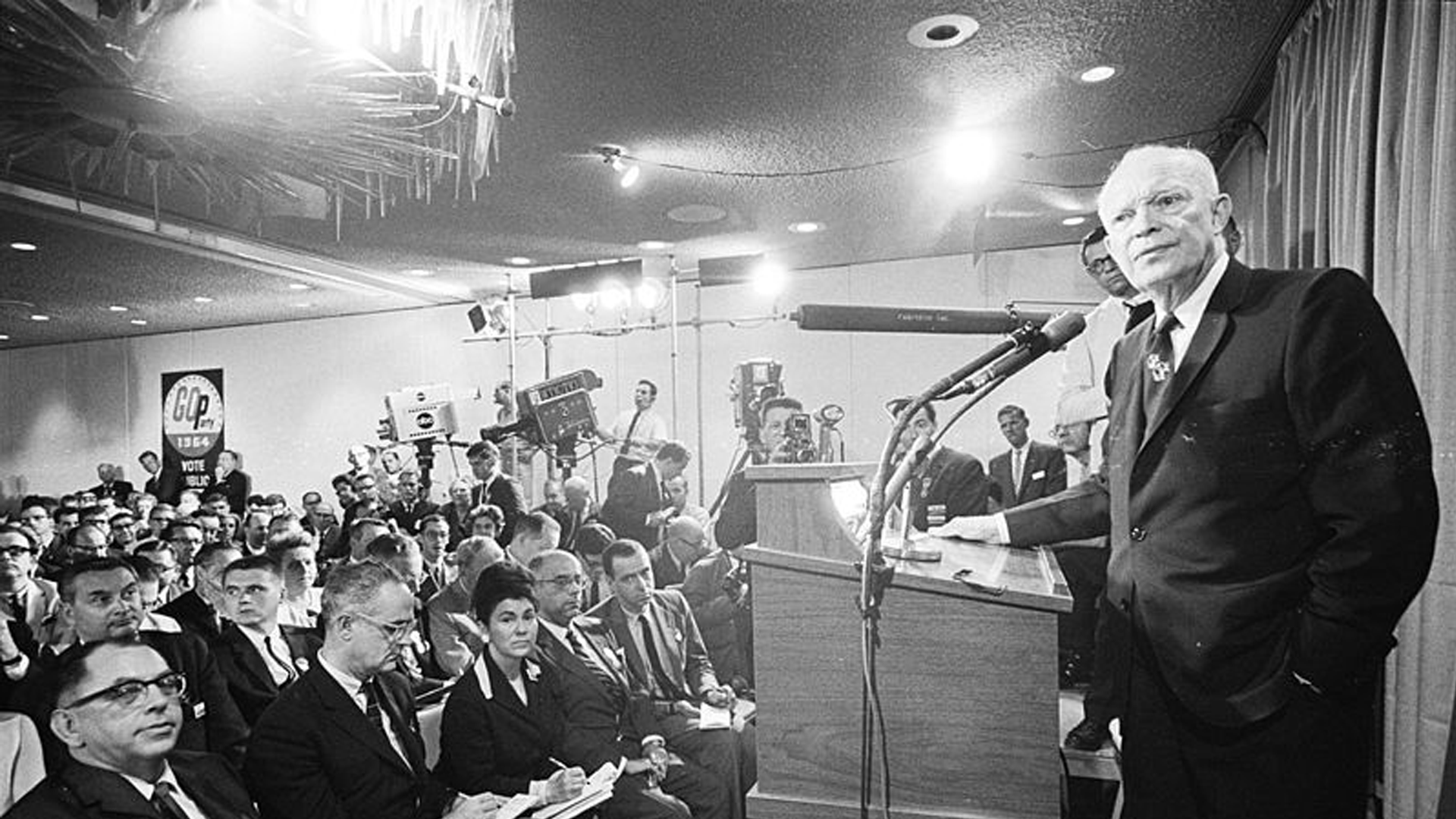A Warship That Time Preserved
Launched just before WWI, HMS Caroline had a career that spanned decades of conflict and peacetime duties. It served in active naval operations, later transitioned into a shore establishment, and continued to adapt to new demands as time went on. After retirement, the vessel was preserved instead of being scrapped, ensuring its story survived. Today, it remains docked in Belfast. Read on to discover 20 important facts about HMS Caroline’s history.
1. Construction By Cammell Laird
The well-known Cammell Laird shipyard of Birkenhead demonstrated remarkable industrial efficiency in constructing HMS Caroline. They completed the C-class light cruiser in just eleven months. Work commenced on 28 January 1914, followed by launching on 29 September, with final completion achieved in December 1914.
2. Early C-Class Light Cruiser Design
From an engineering perspective, Caroline represented the early C-class design philosophy, built without the geared turbines that would later become standard. Although the performance impact remains unclear, this technical feature distinguished it from subsequent vessels, including its own Caroline group.
 Unknown authorUnknown author on Wikimedia
Unknown authorUnknown author on Wikimedia
3. Propulsion System
The heart of Caroline's propulsion began with eight Yarrow boilers feeding steam into four direct-drive Parsons turbines. It transformed this thermal energy into 40,000 shaft horsepower of mechanical might, ultimately driving the vessel to impressive speeds reaching 29 knots during trials.
 Andy Dingley (scanner) on Wikimedia
Andy Dingley (scanner) on Wikimedia
4. Surface Gun Armament
HMS Caroline mounted BL six-inch Mk XII guns in a forward and aft superfiring centerline layout, maximizing fire coverage. The secondary armament featured eight QF four-inch Mk IV guns, four per side, though in 1917, two forward mounts were replaced by an extra centerline six-inch gun.
5. Anti-Aircraft Defense
Among the first British cruisers adapted to meet aerial threats, Caroline blazed a trail in naval air defense. Its pioneering status was marked by the installation of a QF 13-pounder anti-aircraft gun, which remained its primary air defense through the 1917 refit despite wartime modifications.
6. Torpedo Armament
Though modest in size, Caroline harbored a deadly surprise for larger adversaries: two twin 21-inch torpedo tube mounts, positioned on each broadside. This standard C-class armament transformed the light cruiser into a legitimate threat against more powerful enemy vessels during fleet engagements like Jutland.
7. Armor Protection
At first glance, Caroline's 3-inch conning tower armor seems almost comically thin against 6-inch guns, yet this apparent vulnerability masked sound engineering logic. Its modest protection scheme—including a 1–3 inch waterline belt and 1-inch deck—perfectly captured standard light cruiser design philosophy.
8. Commissioning And Early Service
Caroline's commissioning ceremony on 4 December 1914 marked its entry into naval service, after which it steamed northward to join the Grand Fleet at Scapa Flow. As head of the 4th Destroyer Flotilla, Caroline established its presence across the North Sea theater throughout WWI.
9. 1917 Refit And Mast Modification
The introduction of tripod mast technology marked a significant engineering milestone for HMS Caroline during its February 1917 refit at Fairfield Shipbuilding & Engineering in Govan. This structural advancement, coupled with a new flying-off platform and modified armament, modernized the vessel's combat capabilities.
10. Service In The Grand Fleet
The dawn of 1916 marked a defining shift in HMS Caroline's wartime journey when it joined the 4th Light Cruiser Squadron within the Grand Fleet, Britain's premier naval force. This new assignment changed it from battleship screening patrols to full combat operations, culminating in its engagement at Jutland.
11. Battle Of Jutland Participation
As the sole surviving vessel from the Battle of Jutland, HMS Caroline stands as history's final witness to WWI's largest naval confrontation. Under Captain Henry R. Crooke's command, it participated in this momentous engagement that unfolded on 31 May and 1 June 1916.
12. Aircraft Operations
German airships posed a menacing threat during WWI, prompting HMS Caroline's innovative response in 1917. The cruiser, among the first of its kind, installed a flying-off platform to launch Sopwith Camel fighters against these aerial raiders, though it couldn't recover the aircraft after missions.
 unknown RAF photographer on Wikimedia
unknown RAF photographer on Wikimedia
13. Post-WWI East Indies Service
The transition from wartime operations to peacetime duties crystallized in June 1919, when HMS Caroline joined the 4th Light Cruiser Squadron at the East Indies Station. Its new sphere of responsibility encompassed the vast Indian Ocean territories from Malaysia to Mauritius and the Gulf of Aden.
 William Lionel Wyllie on Wikimedia
William Lionel Wyllie on Wikimedia
14. Reserve And Recommissioning
HMS Caroline briefly entered reserve in 1922 before being recommissioned in 1924 as the headquarters ship of the Ulster Division RNVR. Stationed in Belfast, it trained generations of naval volunteers and ensured the Royal Navy kept a strong local presence.
 Coote, R G G (Lt), Royal Navy official photographer on Wikimedia
Coote, R G G (Lt), Royal Navy official photographer on Wikimedia
15. WWII Headquarters Role
Though Caroline had made its name as a fighting ship, it found an equally vital calling during WWII, and transformed into the Royal Navy's headquarters at Belfast Harbour from 1939 to 1945. From this strategic post, it supported the complex coordination of Atlantic and Arctic convoy operations.
16. 1951 Postwar Refit
In the wake of WWII's conclusion, the Royal Navy embarked on a comprehensive fleet modernization program. HMS Caroline's 1951 refit at Belfast's Harland and Wolff shipyard exemplified these broader postwar renewal efforts, as the venerable cruiser underwent necessary updates at this facility.
 Nathan G. Lawrence on Wikimedia
Nathan G. Lawrence on Wikimedia
17. Decommissioning And Ensign
As the morning of 31 March 2011 dawned, HMS Caroline prepared for the final hours of active service. By day's end, the historic vessel was formally decommissioned, and the ensign made a solemn journey to its new resting place in Belfast's St Anne's Cathedral.
 Dom0803 at English Wikipedia on Wikimedia
Dom0803 at English Wikipedia on Wikimedia
18. Museum Ship Conversion
The summer of 2017 marked a transformative milestone as HMS Caroline welcomed its first public visitors at Alexandra Dock, bridging its naval past with a new cultural mission. Now anchored in Belfast's historic Titanic Quarter, the ship serves the National Museum of the Royal Navy as a living maritime exhibit.
19. Record For Service Longevity
Ninety-seven years of continuous Royal Navy service, from 1914 to 2011, established HMS Caroline as the fleet's second-longest serving warship after HMS Victory. This remarkable longevity, spanning nearly a century of naval evolution, complemented Caroline’s distinction as Jutland's last surviving vessel.
20. Ship's Official Motto
The ship's official motto is "Tenax Propositi," a Latin phrase that translates to "Tenacious of Purpose." This mantra fittingly encapsulates its long, unwavering dedication during wartime operations in the Grand Fleet and its eventual status as the second-longest-serving Royal Navy ship.
KEEP ON READING

20 Important Names From World War II You Should Know
Key Players From World War II (For Good or Bad).…
By Cathy Liu Nov 7, 2024
Becoming An Adult: 20 Rites Of Passage Performed Worldwide
Growing Pains. There are many ways to signify that you’re…
By Breanna Schnurr Oct 8, 2025
The Musical Prodigy: 10 Fascinating Facts About Mozart & 10…
Secrets Behind the Symphony. Wolfgang Amadeus Mozart remains one of…
By Chase Wexler May 5, 2025
The Mysterious "Sea People" Who Collapsed Civilization
3,200 years ago, Bronze Age civilization in the Mediterranean suddenly…
By Robbie Woods Mar 18, 2025
20 Inventors Who Despised Their Creations
Made It… Then Hated It. Inventors often dream big, but…
By Chase Wexler Aug 8, 2025
20 Incredible Items In The British Museum People Say Were…
Mystery In History. The mighty halls of the British Museum…
By Chase Wexler Sep 8, 2025














